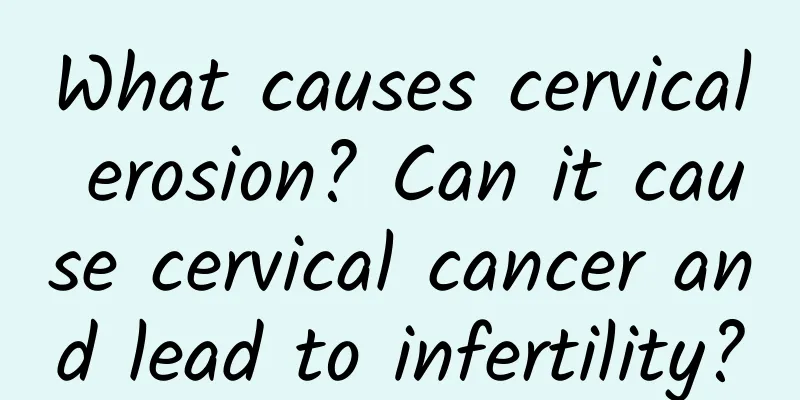What are the effects of intrauterine adhesions and cervical adhesions on fertility? What are the hazards of intrauterine adhesions?

|
The uterine cavity is where the fertilized egg implants and the fetus grows and develops. The uterine cavity is where the fertilized egg implants and develops. If the uterine cavity is adhered, the fertilized egg cannot implant smoothly and the fetus does not have a good growth environment, which will cause infertility or miscarriage; it is also the reason why IVF cannot be done. According to statistics from home and abroad, any surgery on the uterine cavity can increase the incidence of uterine cavity adhesions, which is more common after miscarriage and rough curettage. A few cases are seen after acute cervicitis, sometimes coexisting with endometriosis. The main symptoms are amenorrhea or oligomenorrhea after miscarriage or curettage. Due to extensive adhesions in the uterine cavity, the outflow of menstrual blood is blocked. Therefore, most patients may also be accompanied by periodic abdominal pain, which often causes infertility. Although some can get pregnant, they also end up with recurrent miscarriages. Someone reported 192 cases of endometrial adhesions, of which 141 were infertile, 51 were recurrent miscarriages, and none resulted in the birth of a live baby. This shows that intrauterine adhesions have a great impact on fertility. The cervix is a passage leading to the uterus and is also an important line of defense to prevent pathogens in the vagina from invading the uterus; when cervical adhesions prevent sperm from passing through the cervix, conception cannot be achieved. Cervical adhesions can easily lead to female infertility, mainly because of inflammation in the cervix itself. It affects the function of sperm, egg or fertilized egg; or kills sperm, egg or fertilized egg; or sperm cannot pass through the uterine cavity to combine with the egg; or the endometrium is damaged, affecting the function of the endometrium and the implantation of the fertilized egg, leading to infertility. Cervical adhesions are often caused by chronic cervicitis that has not healed. Abortion is one of the causes of cervical adhesions. Curettage can also cause cervical adhesions. At the same time, cervical erosion also causes cervical adhesions. Cervical adhesions are often manifested as amenorrhea, abdominal pain, infertility, etc. |
Recommend
Bananas are not good for weight loss, only oatmeal can help
Japanese actress loses weight successfully, spark...
The difference between adnexitis and pelvic inflammatory disease
Adnexitis and pelvic inflammatory disease are two...
What are the reactions to miscarriage? There are 3 reactions
Abortion is an abnormal phenomenon. Patients will...
What are the four major hazards of uterine fibroids? Harms and treatment of uterine fibroids
What are the four major hazards of uterine fibroi...
Symptoms of irregular menstruation should be taken seriously
Symptoms of irregular menstruation are mainly ide...
My knees hurt when I run, what should I do? In addition to running, you also need to do these 3 things
Manager Wu works as the general manager in the ca...
What does uterine fibroid nodule mean? Are uterine fibroid nodules serious?
What does uterine fibroid nodule mean? Uterine fi...
Can neonatal biliary atresia be detected during pregnancy?
Neonatal biliary atresia is difficult to diagnose...
What are the common symptoms of pelvic inflammatory disease?
What are the common symptoms of pelvic inflammato...
Does painless abortion require treatment?
Does painless abortion require treatment? Painles...
Improper post-abortion care can cause damage to the uterus
Nowadays, many women are strong women and tomboys...
Can women's cervical erosion be cured by taking medicine? Pay attention to these when taking medicine to treat cervical erosion
Cervical erosion is a common cervical disease amo...
When eating sugary cereals for breakfast, beware of these four major NG mistakes! Doctor: High sugar and high calories accelerate obesity and aging
Some people are used to eating a bowl of cereal w...
Can cervical warts be cured?
With the increase of unclean sex life, the number...
Disease factors of hypothalamic amenorrhea
Hypothalamic amenorrhea is caused by a decrease o...









